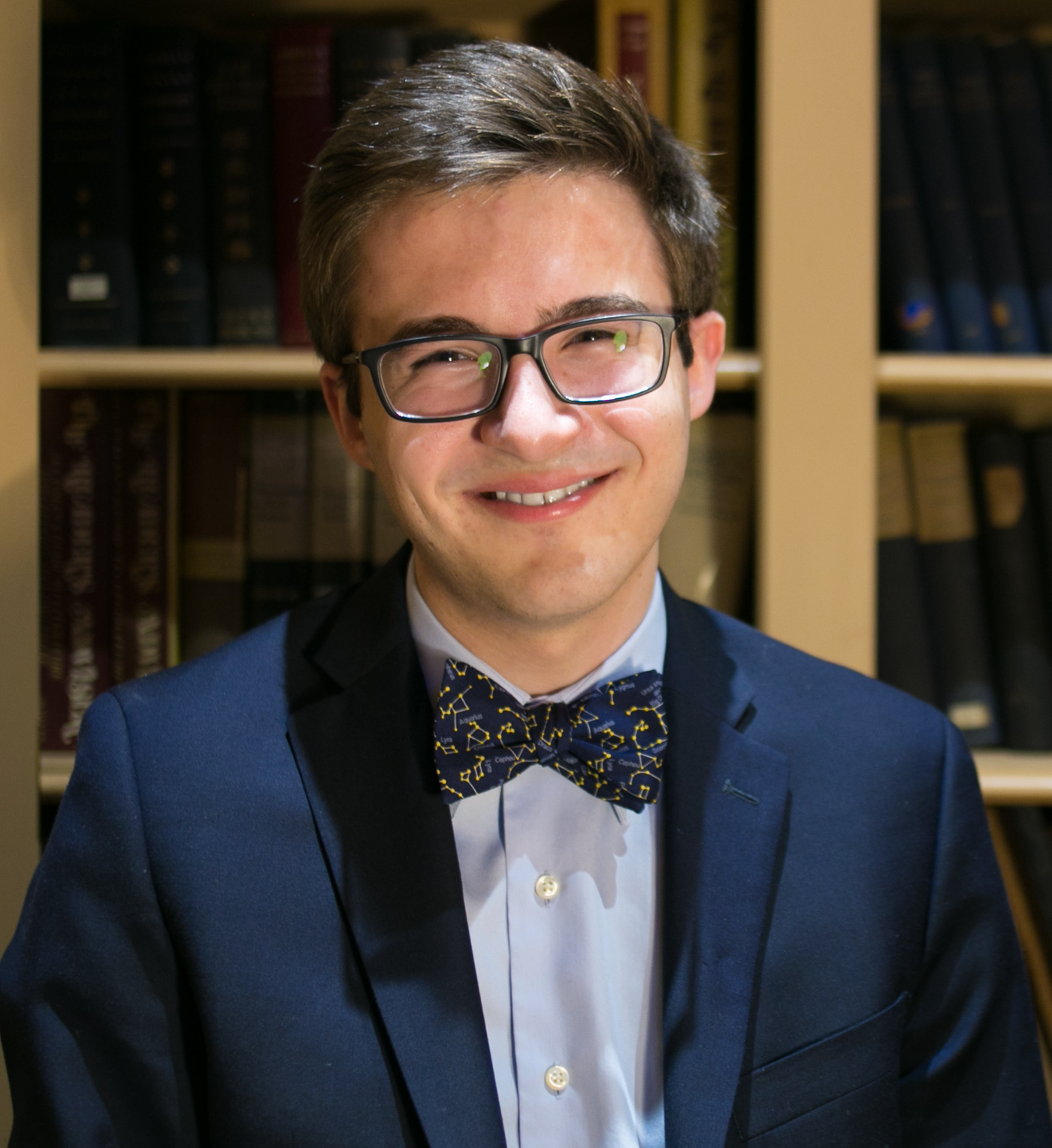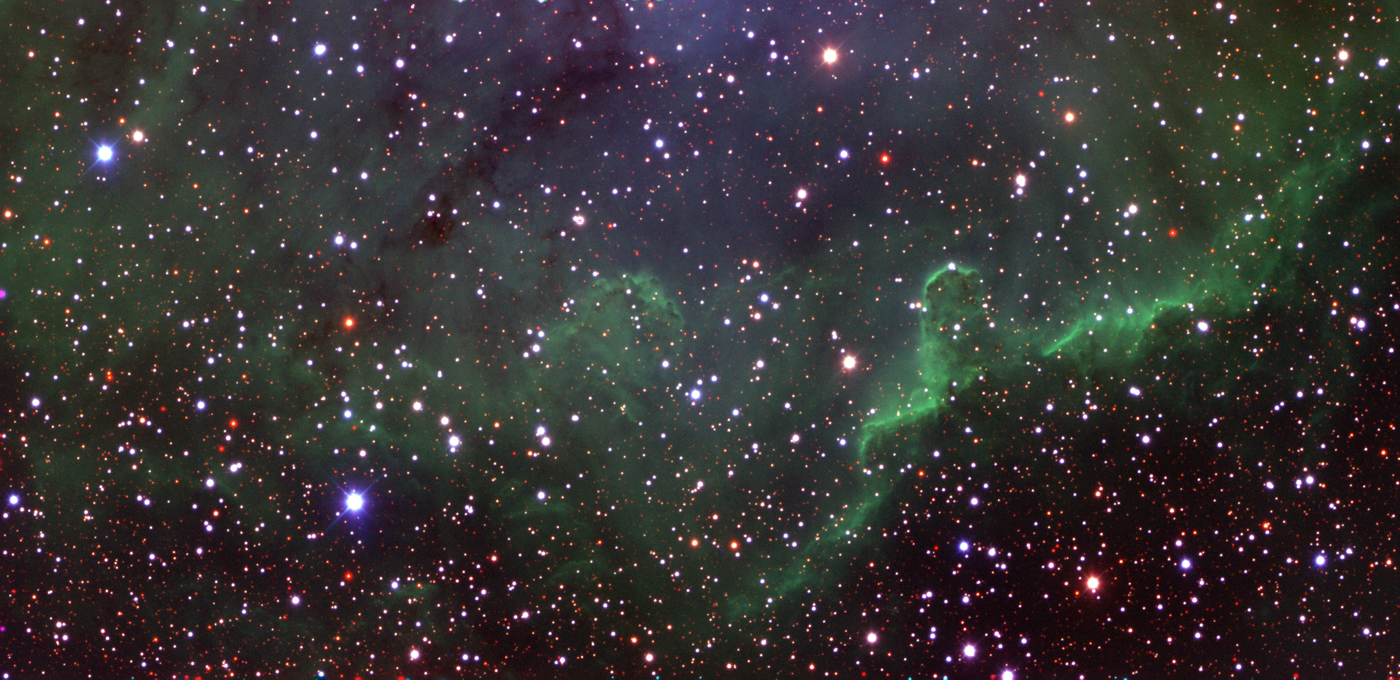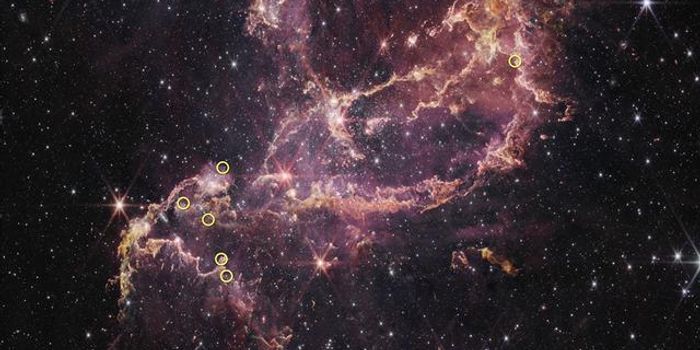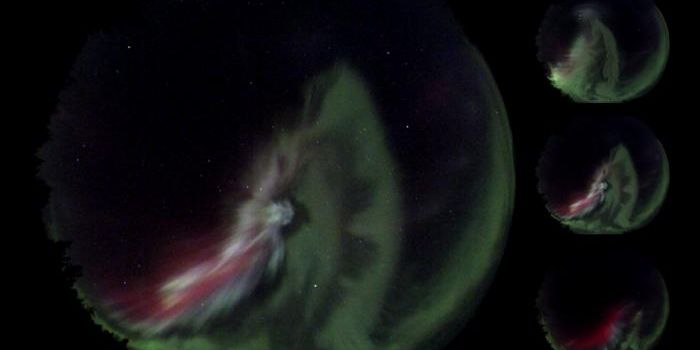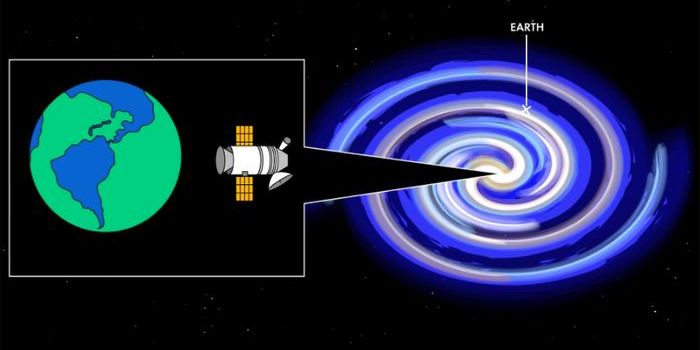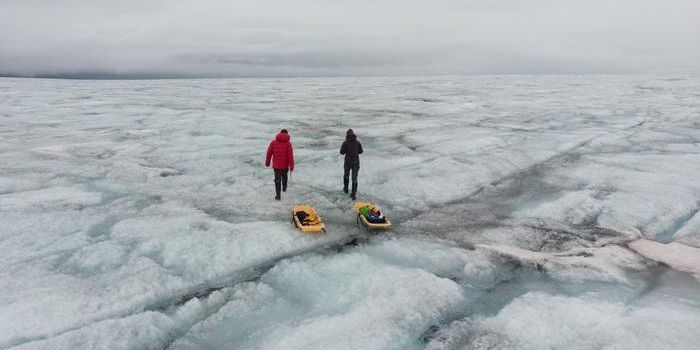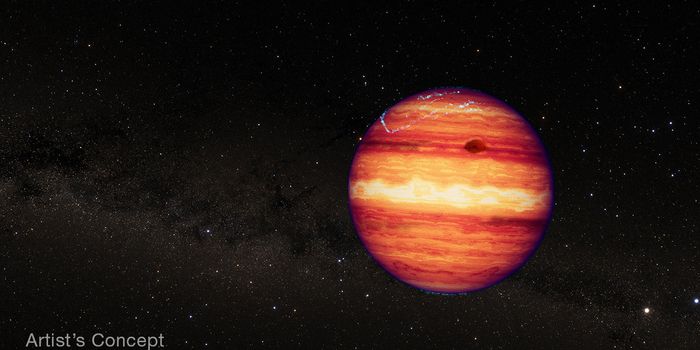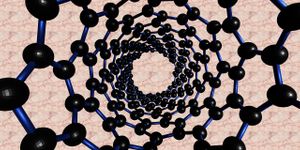Grad Student Highlights: Andrew Saydjari (Harvard University)
This interview series is focused on the graduate student experience across all STEM fields that allows them to get their research, or corresponding graduate coursework, out in front of a large global audience and share their experiences in graduate school. Our goal is to inspire the next generation of STEM students to pursue graduate studies for a myriad of disciplines, and we hope you enjoy reading these amazing stories! If you'd like to be featured in this series, feel free to send an email to laurence.tognetti@labroots.com, Subject Line: Grad Student Highlights Interest!
Andrew during undergrad at Yale. (Photo Credit: Alex Zhang)
Andrew Saydjari is a 5th-year PhD student studying astrostatistics and data science in the Physics Department at Harvard University, along with working in the Center for Astrophysics. This comes after growing up in Wisconsin Rapids, Wisconsin, then attending Yale University for his undergraduate in Chemistry and Mathematics, which he completed in 2018. He is a recipient of the National Science Foundation’s Graduate Research Fellowship Program grant, and also completed several first-author publications during both his undergraduate years and high school.
Saydjari recalls two “really influential moments” in terms of how he got into his field of study: Hearing the first time when a high school teacher asked several levels of questions as to “why?”, as Saydjari says this motivated his own drive to take more advanced-level courses; and during his research experience at the US Naval Research Lab, which he says was the first time he was able to devote his full attention to “reading papers, designing and running experiments, and trying to pull conclusions out of (sometimes noisy) data.”
“It was then that I first experienced high-quality mentorship and got my first taste of the thrill of discovery in pulling signal out of noise,” says Saydjari.
Mounting a HgCdTe device on a dilution refrigerator to measure its electrical properties at temperatures near zero (~ 20 mK). (Photo Credit: Dhavala Suri)
In terms of why he chose to attend grad school, Saydjari says it allows him to ask both himself and his advisor questions “that probe the cutting-edge of our understanding of the world around us.”
“Then, I get to play with data and try to answer those questions!” Saydjari exclaims. “It also gives me the chance to reflect on what I know and practice communicating that in answering student questions in classes I TA.”
Saydjari was drawn to the Physics Department at Harvard and institutions in the wide Boston area due to the access to expertise and resources he would need to accomplish his academic and research goals.
“Out of all of the programs I considered, it also offered me the most freedom in terms of how I spent my time in the program, which allowed me to explore and eventually find my current research path,” says Saydjari. “Within that program, I found a home working in Astrophysics because I really appreciate the growing movement in that subfield to use rigorous statistics and data science in order to instill confidence in our claims.”
In terms of issues facing grad students today, Saydjari says the biggest issue is replicability, which he says is also the biggest issue facing the field, overall.
“By its nature, science often grows by extensions of past work,” says Saydjari. “However, in order to learn from, critique, or compare to past works, we must be able to replicate them. Graduate students often spend an outsized portion of their time attempting to replicate results where the code, data, or methods are not fully public, documented, or well-explained. To that end, every figure in every paper on which I have been a first author in graduate school can be generated from a (Zenodo) repository containing a notebook of code and the requisite data. Yet, I myself need to be better about documenting my code. So, as a community, I think we really need to ask ourselves 'How do we normalize and motivate work in support of replicability?'".
Optical/near-infrared image of an HII region (CED 116) from the Dark Energy Camera Plane Survey. Correctly measuring the star brightnesses in the presence of complicated backgrounds like these is a core problem Saydjari worked on. (Photo Credit: Andrew Saydjari)
After grad school, Saydjari envisions himself in a position that allows a combination of both research and teaching. He says he once thought this was only possible in the purview of academia but has since become enticed by several non-academic positions that don’t involve the normal stresses of academia. These include the Smithsonian, NASA centers, and national labs, where he says researchers are granted the same opportunities to work with students.
“I want to be having fun,” says Saydjari. “One of the most important lessons I learned in grad school is that what matters most to me is that I wake up energized to tackle the problem of the day. I think a large part of that is being agile, curious, and open to new ideas. Some of the mentors I respect most have not simply studied one niche area in which they were an expert but have used their expertise to learn about and contribute to solving a variety of problems. So, in 5-10 years, I hope to be using my expertise to tackle a problem I haven't conceived of yet.”
As always, keep doing science & keep looking up!
Featured Image: Andrew in front of the Great Refractor at the Center for Astrophysics | Harvard & Smithsonian. (Photo Credit: Sophia Sánchez-Maes)
